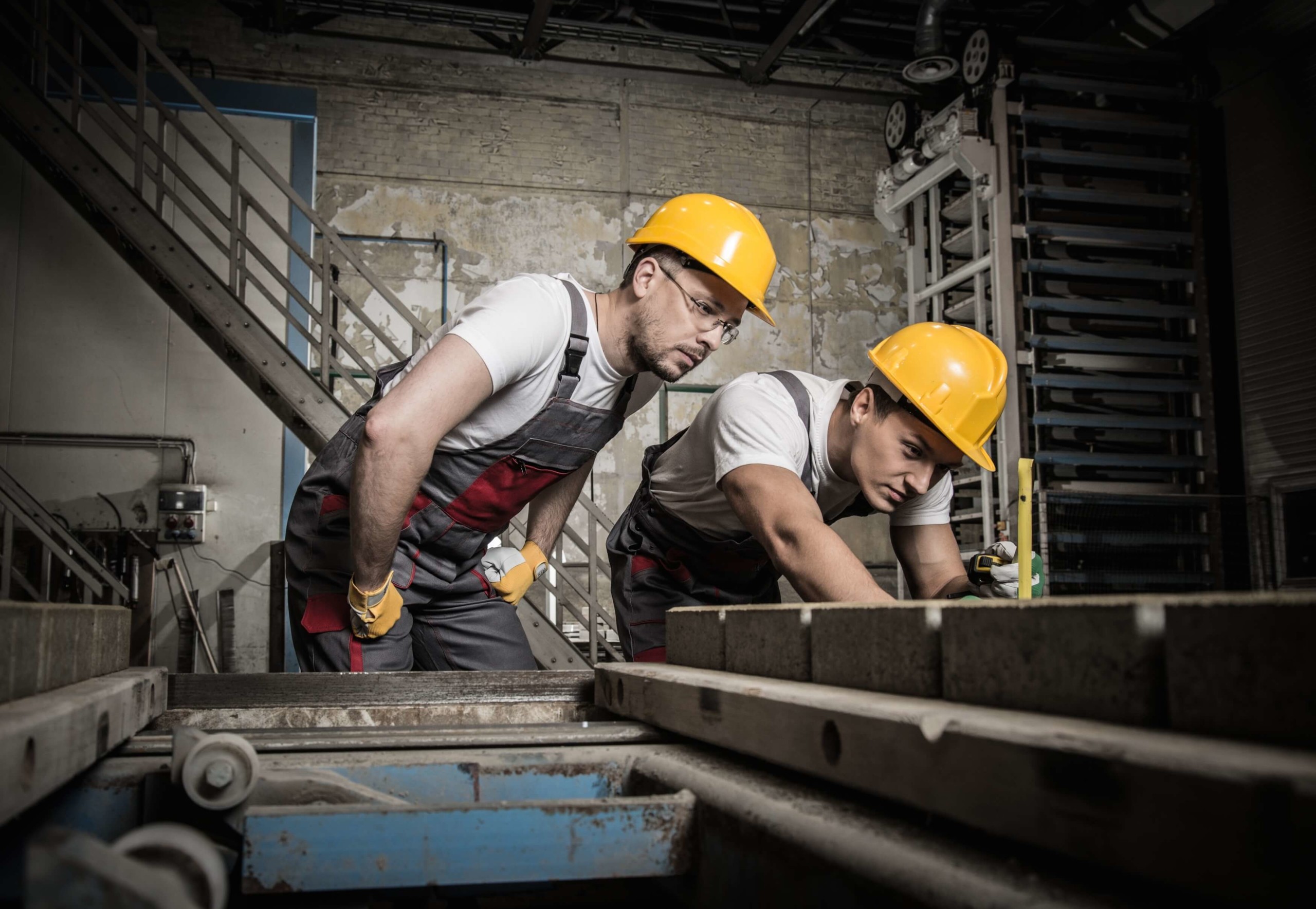AWe need a culture of safety. Lately, we’ve been dealing with a lot of careless injuries. People on the job site and in the office, are getting hurt. I think a lot of it is unnecessary. Some of it is weather-related, and some seem inevitable. I want my company to be known for being a leader in safety at work. How do I get from here to there?
Thoughts of the Day: Create a culture of safety. Put the company on a mission. Slow down the pace. Research the industry. Implement training programs. Make sure everyone understands the priorities.
Developing a culture of safety
It starts with you, at the top, recognizing that safety has costs. When people get hurt, their families get hurt. Co-workers have to work harder to cover for the injured person. Bills mount up to treat and heal the injury. That’s just on the surface.
Lacking an essential worker, orders may fall behind. This creates more stress and more temptation to rush or take shortcuts. Which can lead to more incidents. Company reputation may be harmed. Makes it harder to attract and retain safety-minded personnel and top-notch customers. Fines and inspections may eat away at productivity and profits. All summed up, it’s much better to build a culture of safety.
If safety is currently the issue, start by slowing down the pace of activity. Selling more can lead to more rushing, missteps, injuries, stress, and poor judgments. Address gaps in sales vs. delivery schedules. Look carefully at what’s realistic short and long term. Consider outsourcing production until you can get things under control.
Treat safety by making it visible and giving it a priority. Have zero tolerance for taking shortcuts. When there’s an incident, require that it be documented. Discuss it at staff meetings. Follow incidents all the way up the chain of command. Keep records for reviews, reward safety, and penalize dangerous behavior.
Shared core values and goals
Make a list of all possible safety issues that could hit your company. It’s more than just dealing with a job site injury. Including illness, accidents inside/outside the building, security, interpersonal conflict.
Get everyone to take responsibility for making your business a safer place to work. Ask each employee to own one safety issue. Assign overseers that people can go to if they need to report something untoward. Offer confidentiality and freedom from retribution for whistleblowers.
Find out who in your industry is doing an excellent job at safety. Refer to trade organizations for help. Identify benchmark companies and experts in your field.
Look for training programs to teach your people how to do their jobs properly. Above all, ensure safety equipment is available, in good repair, and in use all the time. Make sure people can afford to stay home when they’re sick.
A blueprint for success
If people want to find a better way to do something, have them do the research offline. For example, document the new practices. Set aside time for training. Also, make sure people know how to perform safely before putting new methods into general use.
Firstly, build a list of safety training resources. OSHA provides a wealth of information. Many associations offer industry-specific courses. Insurance brokerage firms have a vested interest in helping clients build safe work environments. Furthermore, private companies offer a variety of services. From workplace assessments to assistance building safety manuals and train-the-trainer programs. In addition, right on down to on-site training – just be sure to check references.
In addition, make it mandatory that every employee participates in safety training. Show employees and vendors the role safety plays in the company’s priorities. Certainly, help people make the right decisions in their day-to-day work environment. Meanwhile, give them practice in the classroom.
Above all, set aside work time for people to talk about ways to be safe. Educate people on business consequences if a culture of safety becomes a problem. Therefore, make it clear that a safe work environment comes from watching everyone’s back, all the time.
Looking for a good book? Steps to Safety Culture Excellence, by Terry L. Mathis and Shawn M. Galloway.




